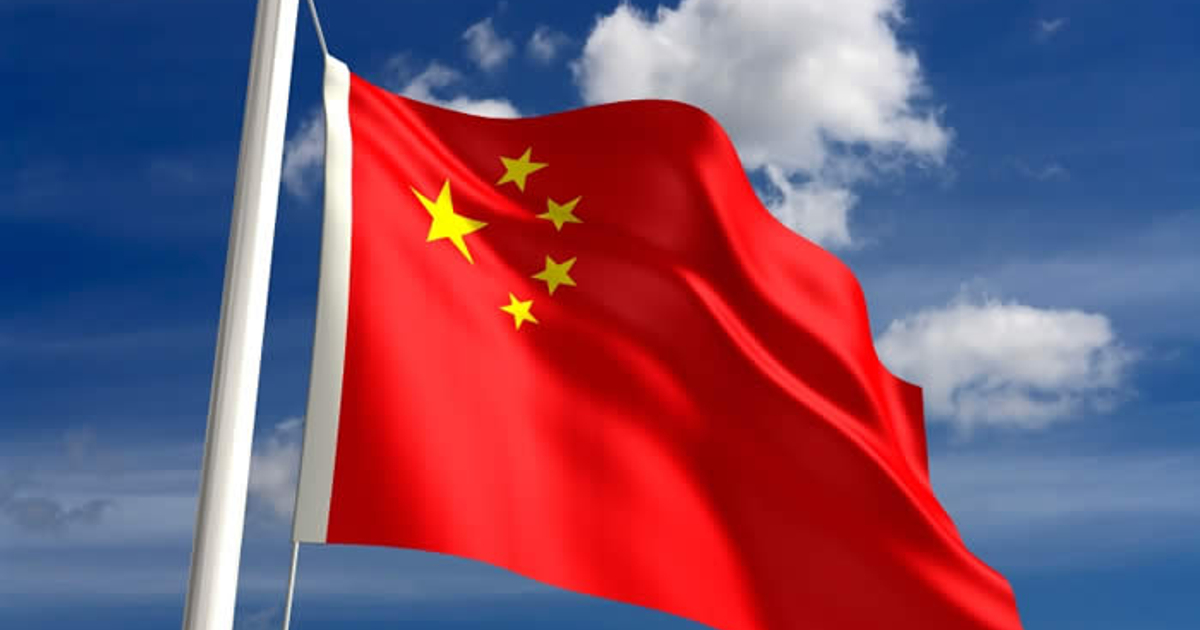How to Harness B2B Influencer Marketing to Grow Your Brand
One of my favorite examples of influence is in the 2004 film Mean Girls.When the girls at North Shore High School see “queen bee” Regina George wearing army pants and flip-flops, they decide to do the same. It’s absurd...
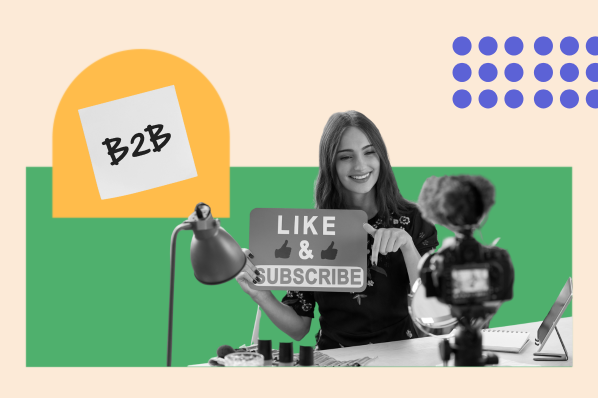
One of my favorite examples of influence is in the 2004 film Mean Girls. When the girls at North Shore High School see “queen bee” Regina George wearing army pants and flip-flops, they decide to do the same. It’s absurd but also entirely realistic. Whether we admit it or not, no one is immune to the power of influence. We all have those we look up to and listen to, even if subconsciously. That’s why B2B influencer marketing is nothing to scoff at. When you hear the word “influencer,” it’s not uncommon to think beauty bloggers and Instagram models, but the professional space is also ripe with impactful voices that can help B2B brands build brand awareness, boost engagement, earn trust, and ultimately close more business. But where do you find them and get them on board? Let’s unpack everything you need to know to harness the power of B2B influencer marketing in 2025. Table of Contents B2B influencer marketing is when businesses that sell to other businesses collaborate with thought leaders and respected figures in their space to promote their products or services. It can take many different forms (like those below), but they all come back to the same goal — building brand awareness with a new or qualified audience and using the collaborator's clout to hopefully convince that audience to buy. Some of the most popular forms of B2B influencer marketing are: These can also be used across various mediums, but today, we most frequently see them on social media — particularly LinkedIn, YouTube, and Instagram for B2B brands. In marketing, everything is guided by your audience. What you do, say, etc., is all about what they want to hear, say, or experience. So, of course, that’s where the most significant differences between B2B influencer marketing and B2C lie. LinkedIn Editor-in-Chief Tequia Burt did a great job of comparing the two in this chart: To no surprise, B2B influencer marketing tends to follow the nature of B2B transactions. It stretches a longer sales cycle and is focused on establishing professional credibility and sharing professional value to establish long-term partnerships. This is what B2B buyers are typically looking for and what wins their sales, right? B2C influencer marketing, on the other hand, is more light-hearted and casual. It’s about personal interests and goals and closing smaller, one-off purchases. Rather than capitalizing on an influencer’s expertise, it’s about their camaraderie, connection, and relatability. Honestly, the best way to think of the two to me is your work mentor versus your work bestie (or “westie,” if you will). The mentor (B2B), you’ll take career and professional development advice, while the westie (B2C), you’ll go to talk about your weekend and take restaurant recommendations for happy hour with your friends. For fans of The Office, one is the David Wallace of influencers, and the other is more of a Kelly Kapoor. Learn more about influencer marketing in general in our free “Ultimate Guide to Influencer Marketing.” But are B2B influencers really worth the hype? According to Hype Auditor, the influencer marketing industry is estimated to grow to approximately $22.2 Billion by the end of 2025, and who’s surprised? Influencers are proven to foster engagement, drive traffic and clicks, and generate conversions and sales. For B2B brands, they can also humanize your brand and build trust in ways other tactics and strategies never could. Let’s break these benefits down a bit more. Influencers come with engaged and often large audiences that are actually waiting for and anticipating what they’ll say next. When you work with the right one, your brand can be exposed to many new qualified consumers. More exposure means more potential customers, which means more sales. Have you heard the expression “guilty by association?” Well, it works in the other direction, too. Working with an influencer, your audience respects and trusts acts as a vote of confidence for your brand Audiences give weight to the opinions and advice of influencers. They trust them to lead them in the right direction. So, if an influencer is comfortable endorsing your business, then, in the eyes of your target audience, it’s gotta be good. B2B marketing often gets a bad rap for being cold and corporate. I mean, it’s hard not to when you’re talking about return on investment and budgets — but B2B influencer marketing can help. Even though they don’t actually work for your company, influencers give your audience a human face to associate with it; someone to relate to or reach out to if they have questions or concerns. Plus, typically, influencers engage with their audiences on a personal level. They ask questions, respond to comments, and interact with their followers like close friends. This helps create the more personalized, unique experience modern buyers want from brands and makes them want to buy. Read: Personalized Experiences: Why We Love Them + Brand Examples Okay, this all sounds great in theory, but what does it look like in practice? Here are three examples I’ve encountered and love. If you’re unfamiliar with him, Ali Abdaal is a doctor turned internet entrepreneur and productivity expert. He uses his platforms on YouTube, Instagram, and elsewhere to share mindset and organization tips backed by his medical knowledge. In this example of B2B influencer marketing from WeWork, Abdaal shares insights about the benefits of human connection while working and positioning WeWork as a way to accomplish that. Yes, the video starts with a sponsorship disclosure, but the content still comes off as helpful and sound and fits in naturally with the rest of Abdaal’s feed. It’s a very well-done example of a sponsored video, which is, honestly, to be expected with Abdaal. In this bonus example from the creator’s channel, Abdaal discusses six AI tools he uses to improve his productivity. In it, he manages to include not one, not two, but three affiliate links and mentions without coming off as salesy. With 464,000 views and 13,000 likes as of writing this, I wouldn’t be surprised if this video has been extremely lucrative for the brands and Abdaal himself. The HubSpot Creators program collaborates with independent business creators to help them grow through financial capital and distribution to new audiences. One of the most prominent is Sarah Chen-Spellings, a leader in venture capital and the host of the Billion Dollar Moves podcast with an engaged audience of 20K+ LinkedIn followers and 3K+ newsletter subscribers. In this LinkedIn video, our INBOUND team collaborates with Chen-Spellings to showcase the event experience as she attends and speaks for the first time. It’s fast-paced and playful and captures exactly what it feels like actually to be in the room in an eye-catching way. Here’s a great example of B2B influencer that isn’t social media-based. (Told you they were out there!) I likely don’t have to remind you, but back in 2020, during the COVID-19 pandemic, many teams were forced to work remotely for the first time ever. They were on the hunt for tools and tips on how to do it well and project management software company monday.com jumped in to help. They interviewed a group of business influencers like Shama Hyder of Zen Media then shared their conversations in blog articles on their website: The campaign exceeded its social media reach goal by more than 1,790% and more than 300,000 organic impressions on social media. If you’ve worked in marketing for a while, building a B2B Influencer Strategy will seem pretty familiar. But even if you’re new to the industry, these seven steps will set you up for success. You can’t know what you need to do if you don’t know where you want to go. So, what are you hoping to accomplish with your B2B influencer marketing? Are you trying to increase brand awareness? Looking for more leads? Take what you want to do and flesh it out to be SMART—specific, measurable, attainable, relevant, and time-bound. This format helps remove ambiguity about whether you accomplished what you were supposed to and define your success metrics. It also documents your timeline. SMART B2B influencer marketing goals might look something like this: Here’s a simple formula you can play around with: Generate [number] leads focused on [topic/product] by [date] You can also use this free goal-setting template to summarize your goals, calculate your greatest marketing need, and set deadlines. Who are you trying to reach? The more information you can gather about your target audience, the better. Where are they spending their free time? What kind of content are they consuming? Who do they turn to for advice or industry insights? The answers to these questions will inform not just the personalities and platforms you use in your B2B influencer marketing campaigns but also the messaging. For example, if you’re trying to meet millennial entrepreneurs, you may be better off collaborating with the Gary Vaynerchuks of the world over the Warren Buffets. Take this time to review your buyer personas for relevant details. If you don't already have them or want to create campaign-specific personas, check out our free buyer persona templates. Like goals and audience, budget heavily impacts what your B2B influencer marketing campaign will actually look like. Different influencers have different price tags and expectations. For instance, working with a mega-influencer (someone with over one million followers) will likely cost more than working with a micro-influencer (with 10-100,000 followers). In contrast, others (like me) may be okay with partnering in exchange for free products or services. Take this time to mark your financial guardrails so you know what your options are. According to our 2025 State of Marketing report, brands most commonly spend 50-74% of their marketing budget on influencers or content creators, but how much is this really? Influencer Marketing Hub found almost half (47%) of brands spent less than $10K on influencer marketing in 2024, while roughly 8-20% of brands spent anywhere between $11K and $500K. So, the possibilities are very subjective. Do what’s realistic for your brand and your goals. HubSpot contributor Kinzal Jalan gets more granular on how to set your influencer marketing budget here. As we touched on earlier, influencer marketing campaigns can take place on any platform or in any medium, but in 2025, we’re typically talking about social media or digital. The best channel is really dependent on your target audience, so dig into your data to see where they are hanging out and consuming content, but in general, HubSpot research found that marketers see the highest ROI from influencers on Facebook (28%), Instagram (22%), and YouTube (12%). Now, I know many of you may have started your B2B influencer marketing strategy with a specific personality already in mind, but if you haven’t, now’s the time to find them. Use your goals, budget, and platform to identify the influencer or influencers who fit the bill. But keep in mind you also want someone who fits naturally with your brand. The B2B influencers you work with should share your values and realistically use and enjoy your product or service. They should speak your language and be able to offer real, valuable insight into why your offering is a wise choice. If they can’t, the collaboration or endorsement will appear inauthentic and turn even the most loyal audience members off. Think about it: If you’re a commercial cooking knife manufacturer, it would make more sense to collaborate with a popular chef than a crypto-coin expert. Plus, the chef’s audience would probably be far more likely to buy from you. An influencer marketing platform can be helpful in your hunt, but you can also do your research on social media. For example, searching #entrepreneurship on LinkedIn brings up hundreds of individuals who may have the reach and voice you’re looking for. Note: AI influencer marketing is also becoming a hot topic. Fellow HubSpotter Erica Santiago digs into that conversation in “AI Influencer Marketing: How Artificial Intelligence Could Change Influencer Marketing.“ Who’s doing what for your influencer marketing campaign? Are you creating the content, or is your influencer? Do they have creative freedom, or do they have a brief they need to follow? This is the part of your strategy where you flesh out all the expectations and how the launch and promotion of your campaign will actually go. We dig deeper into how to work with influencers (whether they are B2B or B2C) here: Once your campaign is launched, you need to track its performance to determine whether you are accomplishing your goals. This will also help you know if you need to pivot at any point and gather data to refine future campaigns. Depending on your goals, metrics may include website traffic, the number of new followers, conversions, or even revenue. Platforms like the Meltwater Influencer Marketing Suite help you measure these numbers, but you can also track your data using tracking URLs and the campaign tool in HubSpot or using a simple spreadsheet. We have some free templates to get you started. Getting a celeb-status influencer like Mr. Beast may be exciting, but our survey found both B2B and B2C brands saw the most success with micro-influencers (10K – 100K followers) in 2024. You see, mega-influencers like Mr. Beast have massive audiences, but with their size, it’s next to impossible for them to maintain the personalized engagement that got them where they are and that people crave. Smaller, more niche influencers don’t face this issue. In fact, some of the reported benefits of smaller influencers included more trust with their followers, access to tight-knit communities, and the ability to stretch their influencer marketing budget further. Need more guidance on how to work with micro-influencers? Check out “My Comprehensive Guide to Micro-Influencer Marketing.” I’m going to be real with you. I love collaborating with other brands and creators, but the outreach process is the worst. There are so many messages, and so many go unanswered. Thankfully, we have AI to help these days. Sure, you can use automation to bulk message contacts with a plugged-in name or social media handle, but these come off as robotic and spammy and quickly get ignored. (Can’t tell you how many of those are sitting in my Instagram requests inbox.) Instead, as you scale your B2B influencer marketing strategy, use generative AI to craft personalized outreach messages. As HubSpot contributor and director of content at AI21 Labs Ben Pines explains, it all starts with a prompt that includes a: Plug this into ChatGPT or even the Breeze Copilot in HubSpot, and you will get you a solid template you can customize for each person on your list. Pines also recommends using generative AI to learn about creators by using prompts to summarize their content. Learn more about his process here. While it may be tempting to cast a wide net and work with many influencers at once to promote your B2B brand, HubSpot’s Head of Creator Partnerships, Alanah Joseph, advises against that. “My top tip for B2B influencer marketing success is to invest time in finding the right creators and building lasting partnerships with them,” she shares. “I've found that partnering with fewer creators who deeply understand their audience delivers better results than spreading your budget across many one-off collaborations. As creators become more familiar with your brand over time, the quality and authenticity of their content naturally improves. That’s when the magic truly happens.” I’d also argue that this is when an influencer endorsement comes off as most authentic. It’s not a flash-in-the-pan video or story mention but something the influencer has genuinely taken the time to learn. In other words, what they share with their audience is much more informed and trustworthy. For instance, B2B Marketing Advisor Erin Balsa is a long-time partner of Navattic. You’ll find regular posts on her platforms about how to use the demo tool to improve your buying experience. With 2025 in full swing, the brands that master B2B influencer marketing will be the ones that not only gain visibility but also build lasting trust — turning influence into real, measurable business growth. Now’s the time to harness this strategy and make it a core part of your marketing playbook. Ready to take the next step? Start identifying potential influencers, craft your outreach, and begin experimenting with campaigns that align with your goals. The future of B2B marketing is social, and those who embrace it early will lead the way.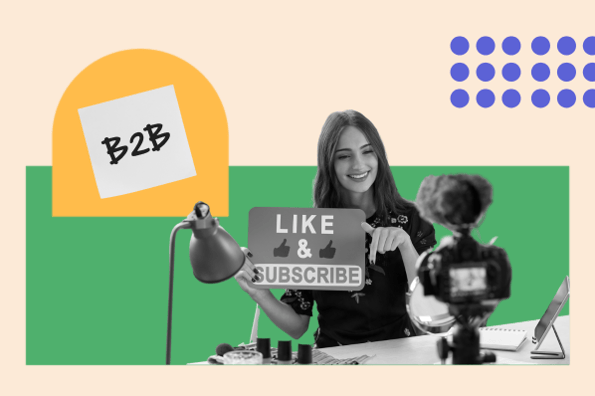
What is B2B influencer marketing?
How is it different from B2C influencer marketing?
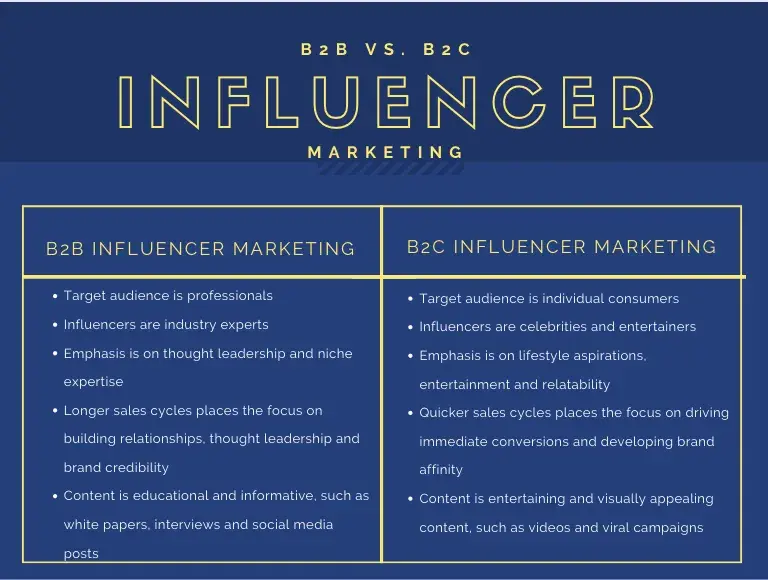

Benefits of B2B Influencer Marketing
Increased Brand Reach & Awareness
Increased Trust
Humanizes Your Brand (Fosters a Personalized Experience)
Examples of Great B2B Influencer Marketing
1. WeWork
Bonus:
2. INBOUND
3. monday.com
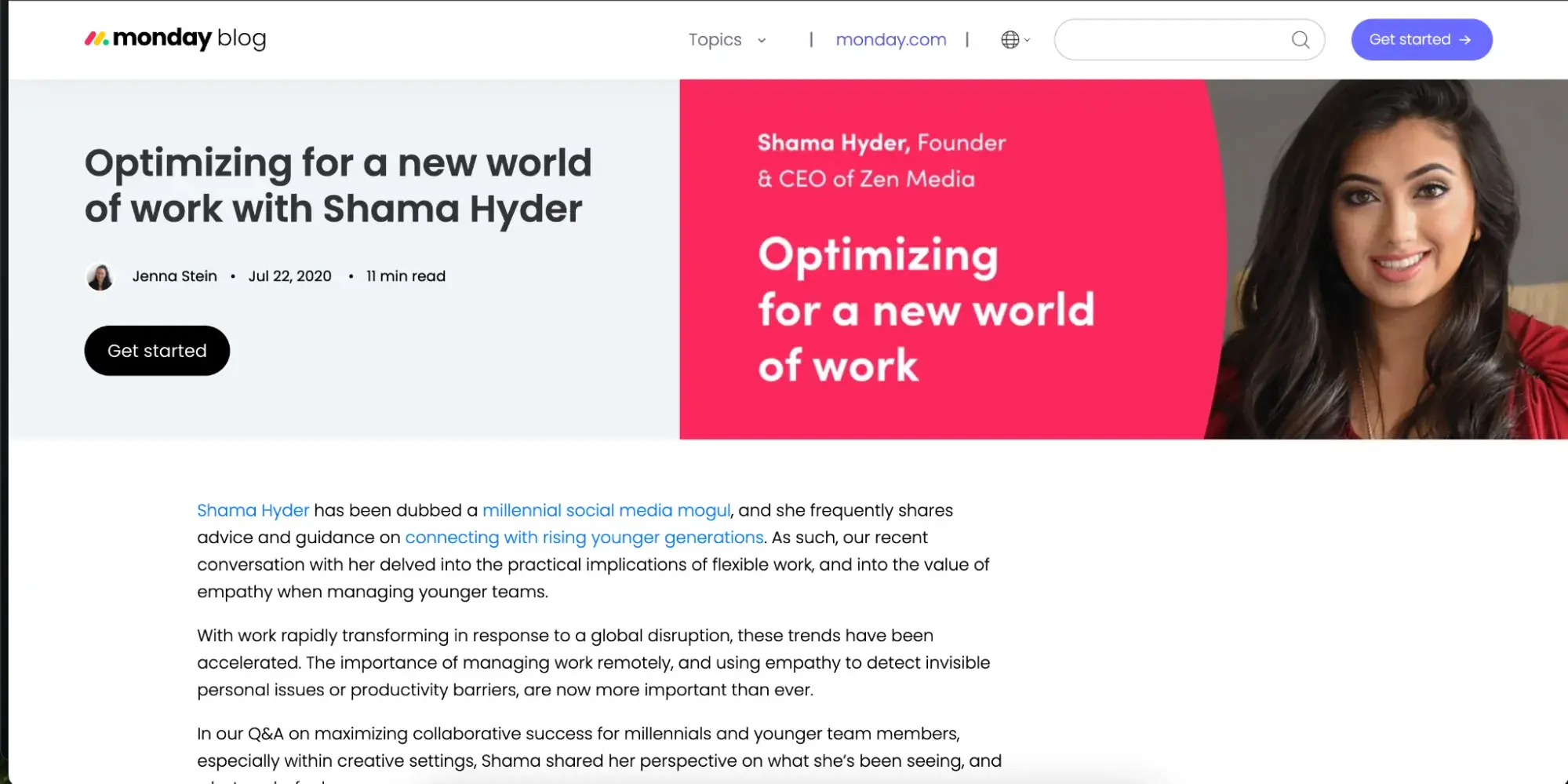
How to Build a B2B Influencer Strategy
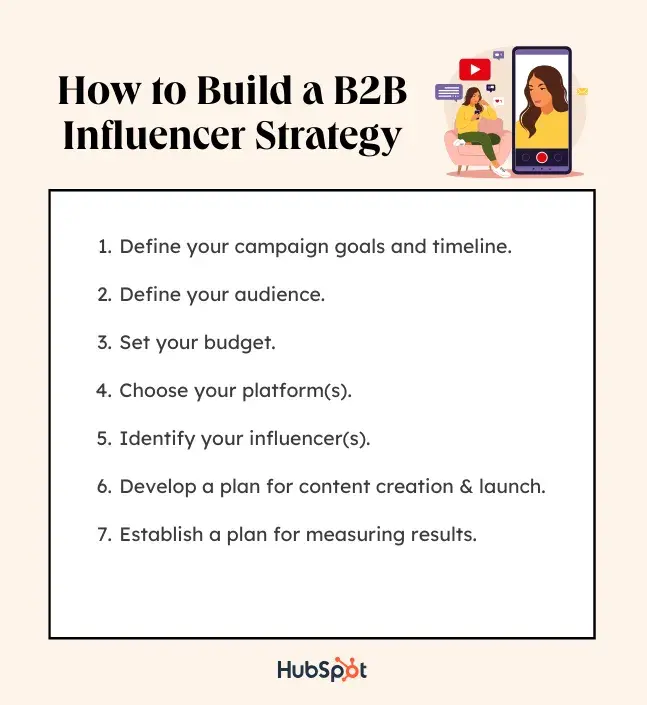
1. Determine your campaign goals and timeline.
2. Define your campaign audience.
3. Set your budget.
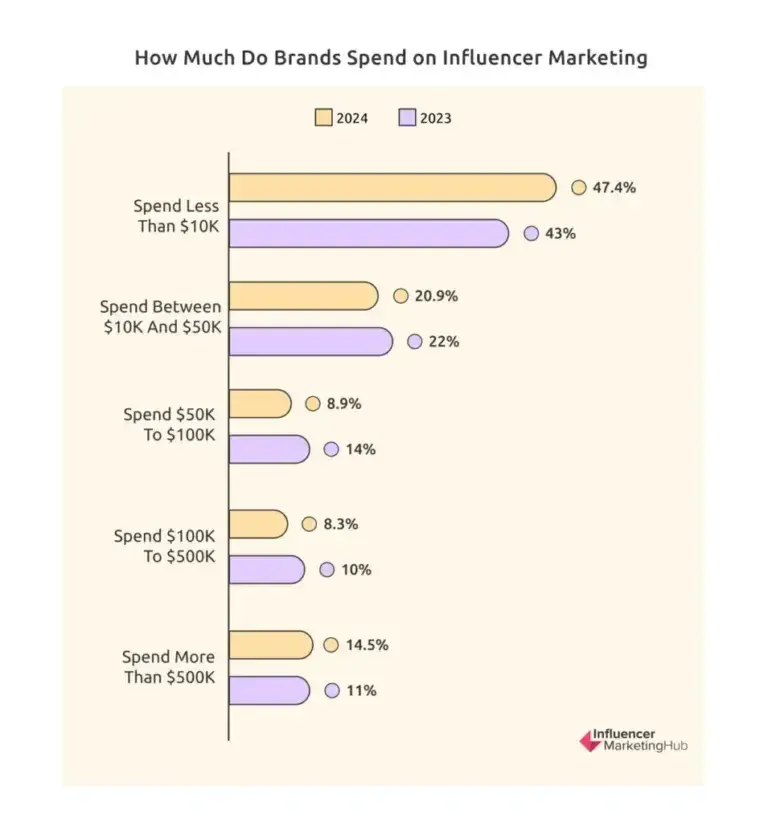
4. Choose your platform(s).
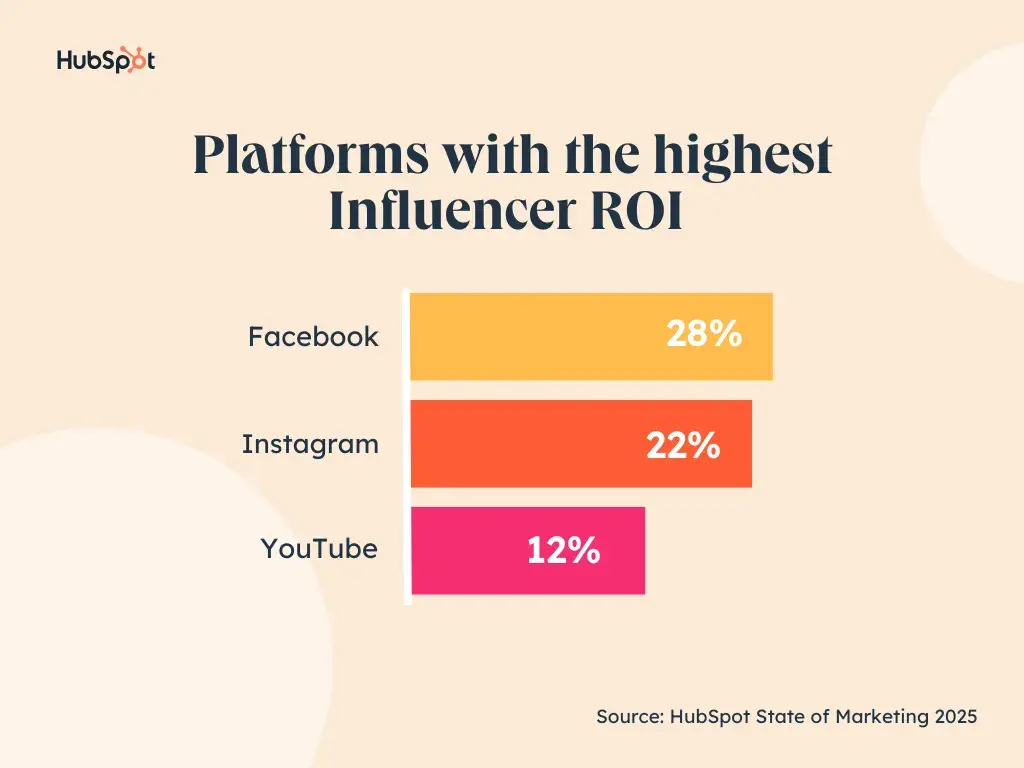
5. Identify your influencer(s).
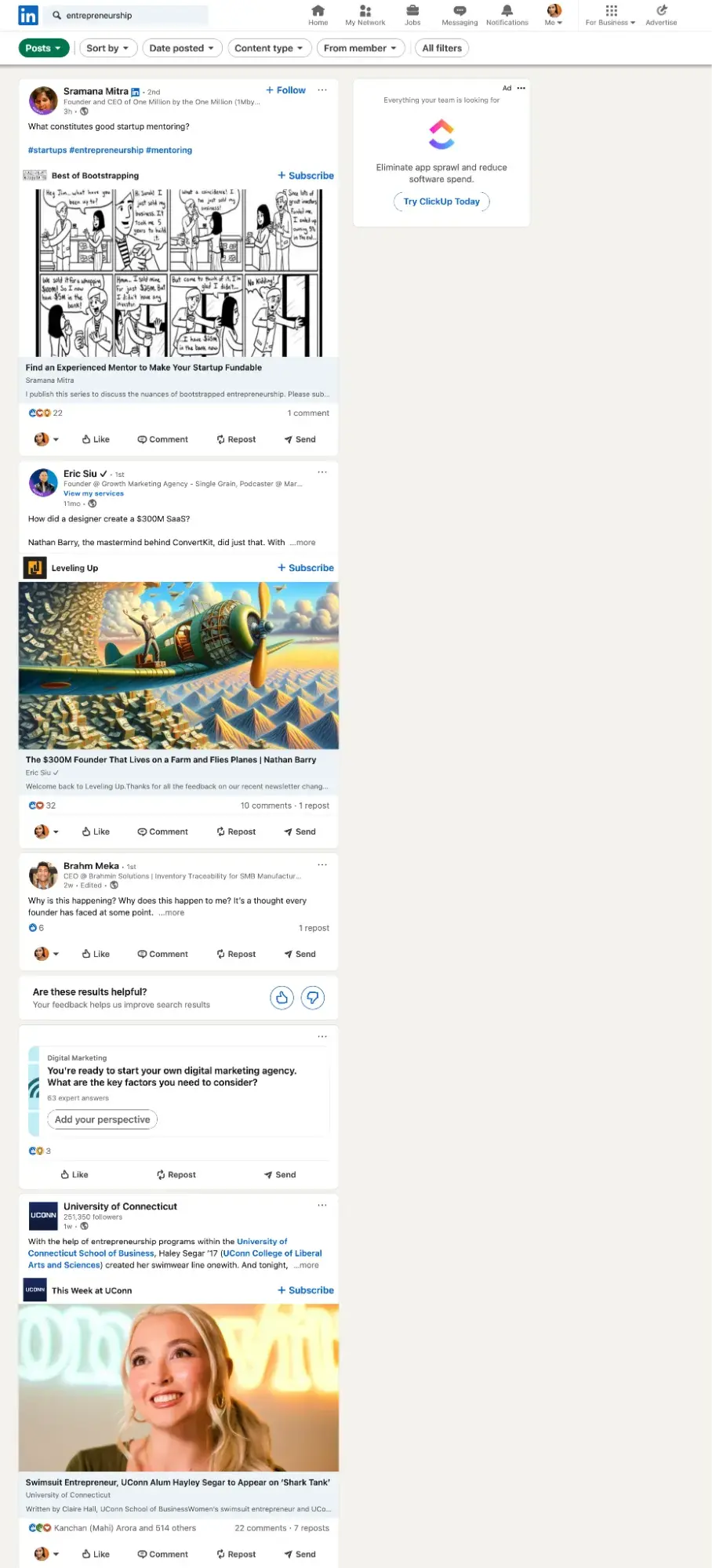
6. Develop your plan for content creation and launch.
7. Establish a plan for measuring results.
Tips for B2B Influencer Marketing Success
1. Go Micro
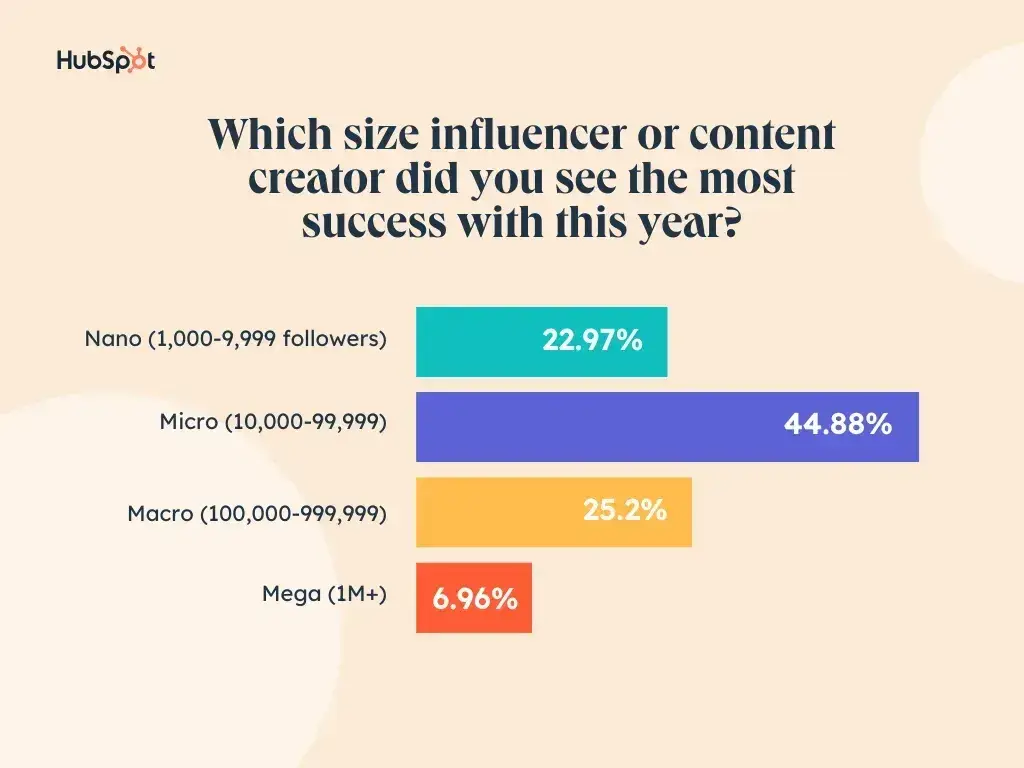
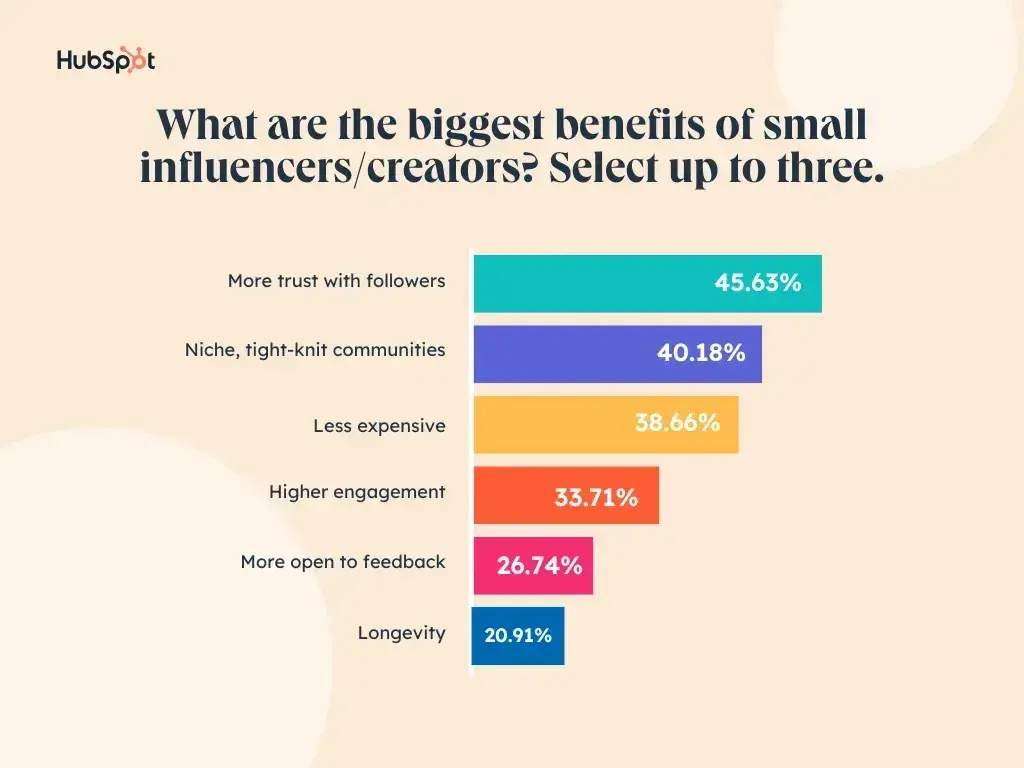
2. Use AI to scale outreach
3. Focus on long-term partnerships
Under the B2B Influence

 KickT
KickT 








![Is it Real or AI? Test Your Detection Skills [Round 4]](https://www.hubspot.com/hubfs/real%20or%20ai%204.png)
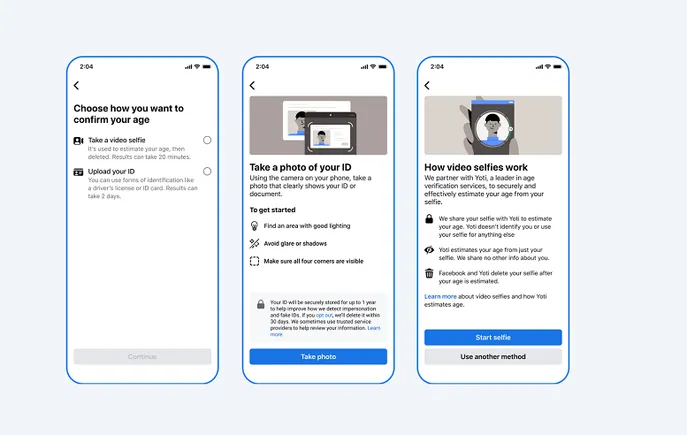

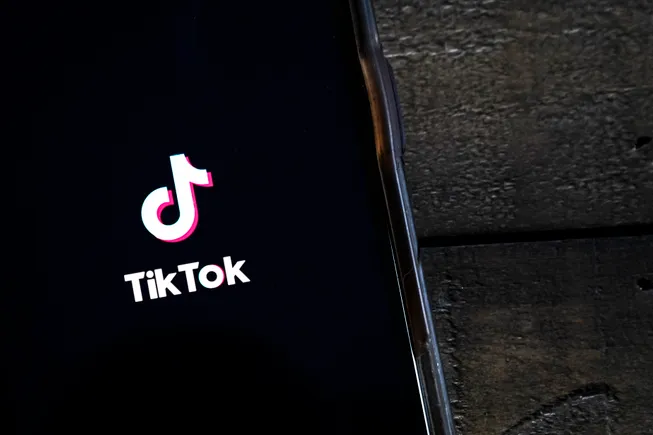
![How to Write a Content Brief [Template + Examples]](https://www.hubspot.com/hubfs/content-brief-1-20250120-7521165.webp)
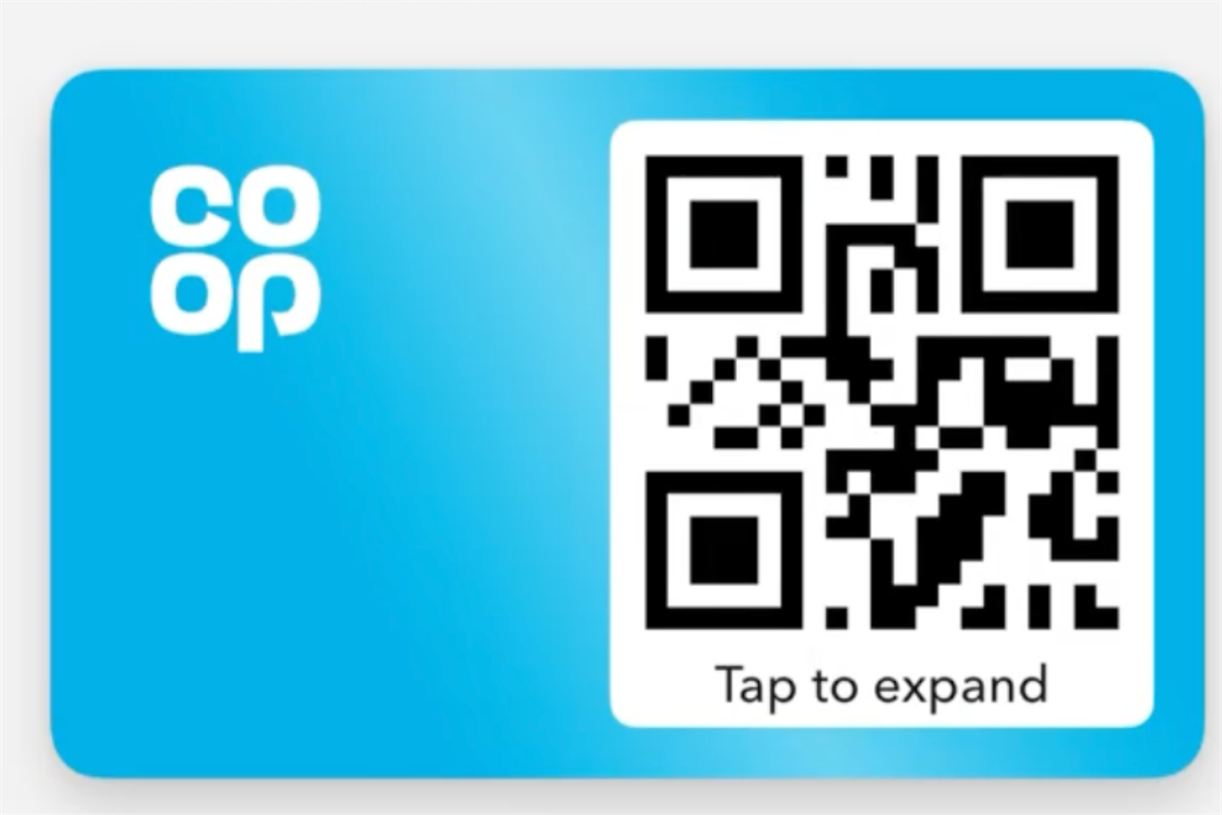
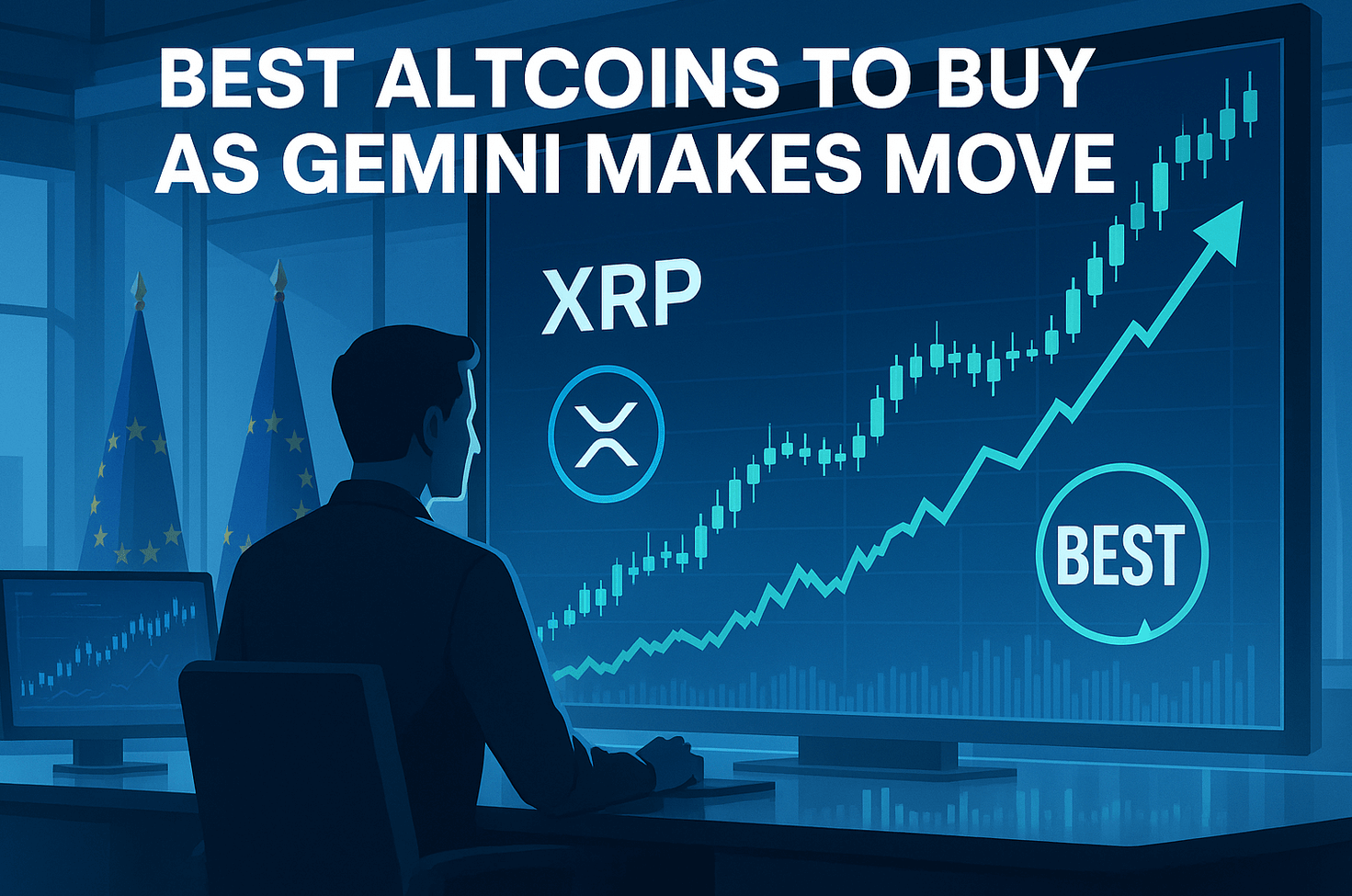


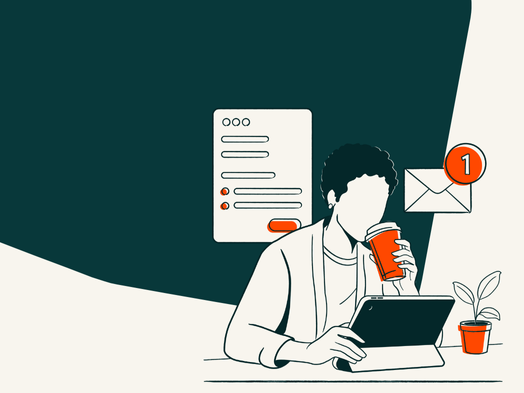

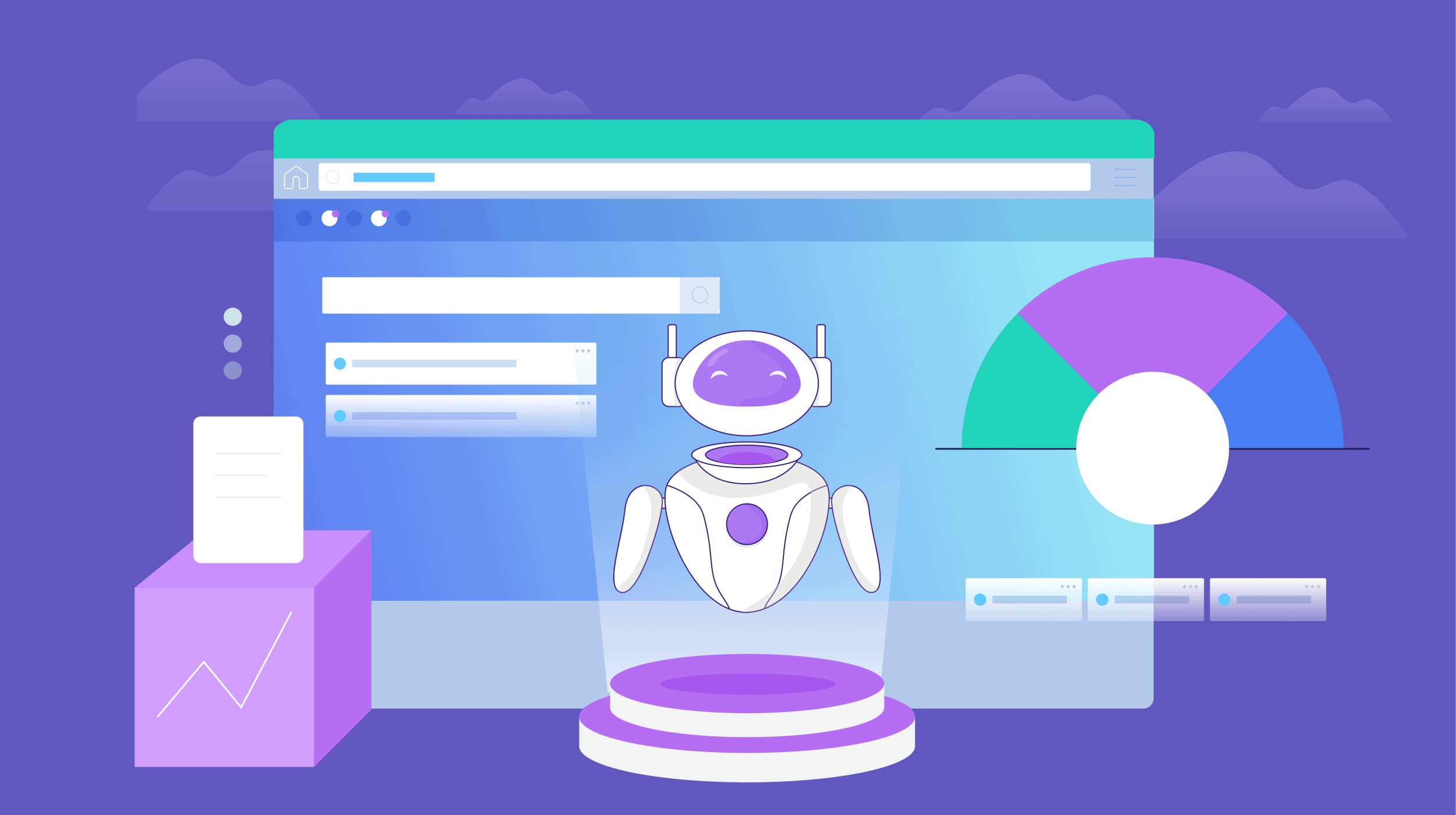
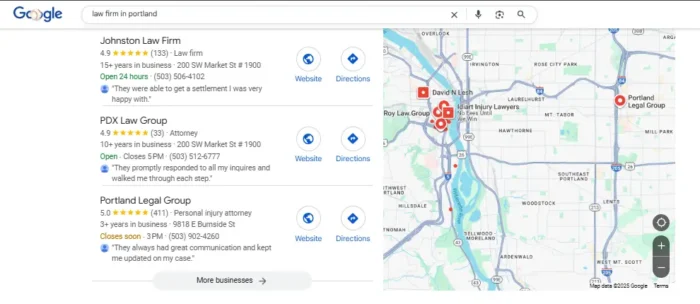
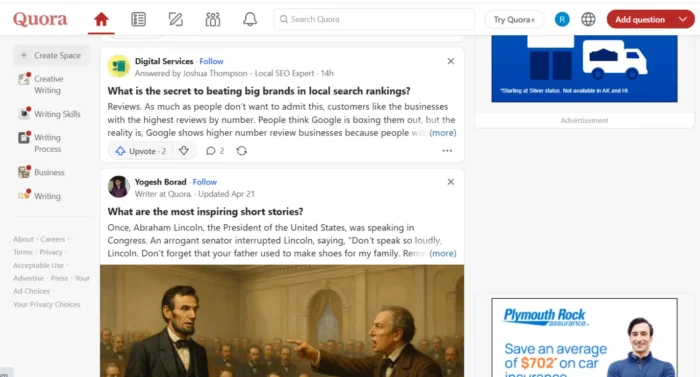
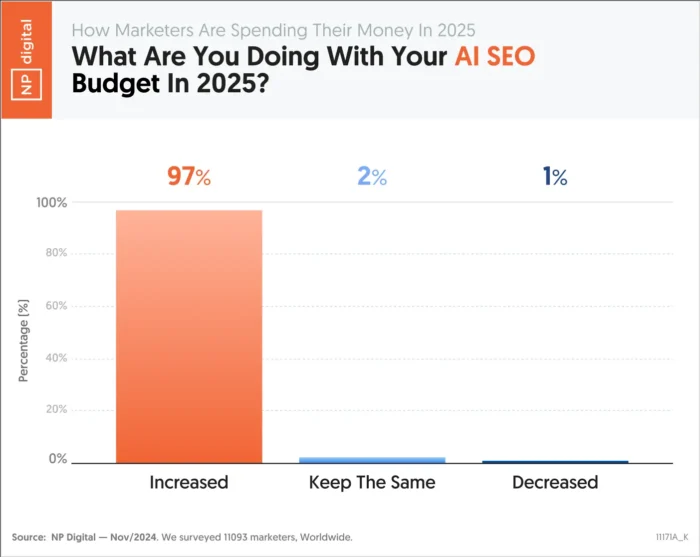
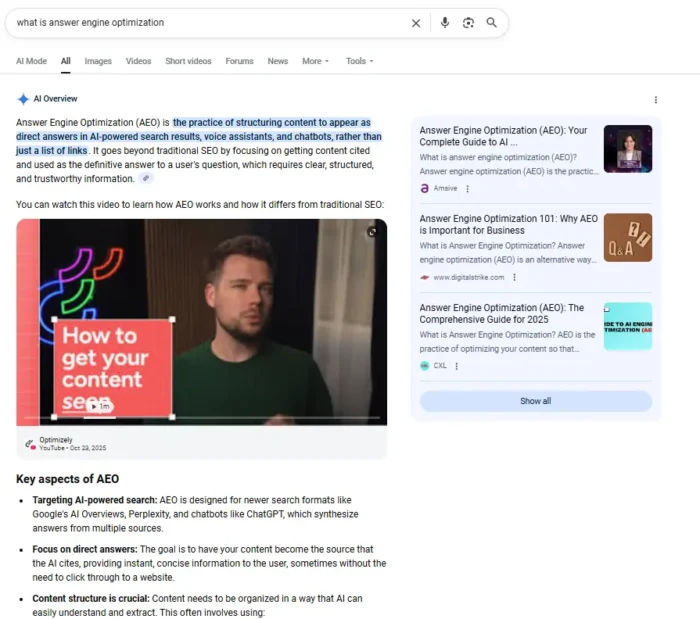
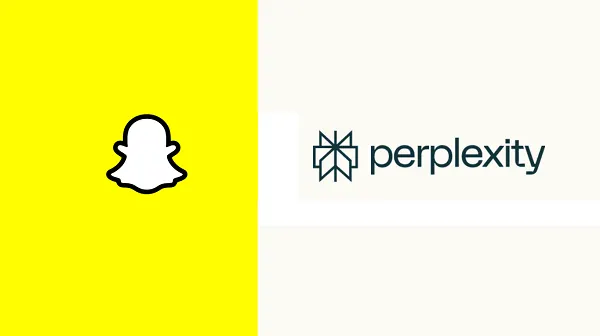


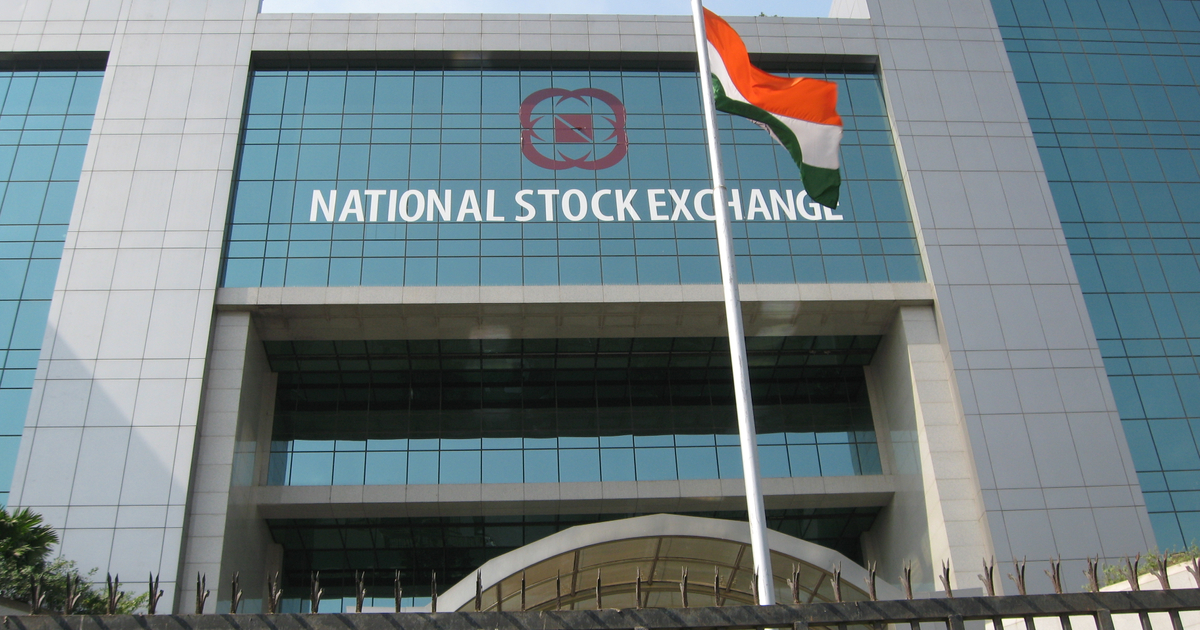


.jpg&h=630&w=1200&q=100&v=6e07dc5773&c=1)
